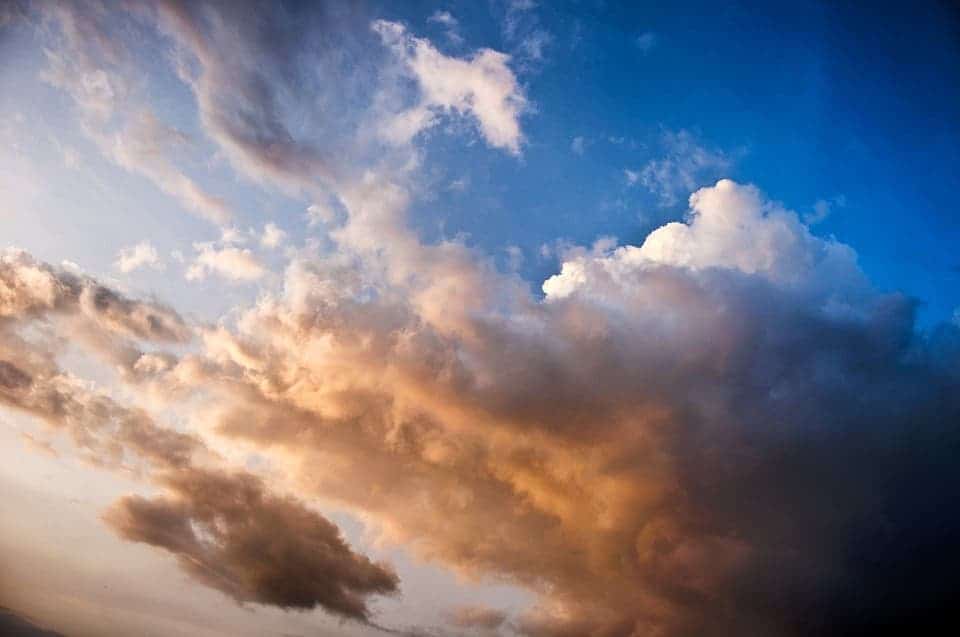The frays in our planet’s ozone layer are leading to changes in the planet’s climate and ecosystem, new research shows.

Increased solar radiation levels, a consequence of damage to the ozone layer, are causing shifts in the climate which impact the Earth’s natural systems. These changes affect everything from weather to the health and distribution of sea life according to the study’s authors, and members of the United Nations Environment Programme’s Environmental Effects Assessment Panel, which informs parties to the Montreal Protocol.
No-ozone zone
“What we’re seeing is that ozone changes have shifted temperature and precipitation patterns in the southern hemisphere, and that’s altering where the algae in the ocean are, which is altering where the fish are, and where the walruses and seals are, so we’re seeing many changes in the food web,” said Kevin Rose, a researcher at Rensselaer Polytechnic Institute who serves on the panel and is a co-author of the review article.
The 1987 Montreal Protocol on Substances that Deplete the Ozone Layer, often shorthanded as the ‘Montreal Protocol’, was the first ever multilateral environmental agreement ratified by all members of the United Nations. Its aim was to protect Earth’s ozone layer (which acts like a kind of planetary sunscreen, blocking UV radiation) by phasing out harmful handmade substances, most notably the chlorofluorocarbons class of refrigerants. All in all, the Protocol was a success, and total mean ozone levels are on track to recover to pre-1980s levels by the middle of this century.
Earlier this year, however, researchers reported detecting new emissions of ozone-depleting substances from East Asia, which could throw a wrench into the plan.
The link between ozone depletion and an increase in UV levels on the Earth’s surface is well known and well documented. However, the effect it has on climate isn’t. In fact, we’ve only recently wisened up to the fact that climate is also affected by ozone depletion. The current paper focuses on the Southern Hemisphere, where a hole in the ozone layer is currently centered around Antarctica.
The increased levels of UV radiation passing through this area have pushed the Antarctic Oscillation — the north-south movement of a wind belt that circles the Southern Hemisphere — further south than it has been in roughly a thousand years, the team reports. This shift is directly fueling climatic changes in the Southern Hemisphere, they add.
In effect, the hole is causing climate zones to shift southward, affecting rainfall patterns, sea-surface temperatures, and ocean currents across large areas of the southern hemisphere. For example, some areas of the oceans have become cooler and more productive, while others have warmed up and lost productivity.
These changes domino into terrestrial and aquatic ecosystems from Australia, New Zealand, Antarctica, South America, Africa, and the Southern Ocean. Warmer oceans are linked to declines in Tasmanian kelp beds and Brazilian coral reefs, and the ecosystems that rely on them. Cooler areas have helped some populations of penguins, seabirds, and seals, who now have more krill and fish to feed on.
Rose also points out feedback loops linking climate to UV radiation. Higher concentrations of atmospheric CO2, for example, have increased overall ocean acidity. Acid attacks calcium carbonate, the main component of shellfish shells, which renders these animals more vulnerable to UV radiation. Even we, he adds, are likely to wear lighter clothes in the warmer atmosphere we’re creating, making ourselves more susceptible to damaging UV rays. Furthermore, the team found evidence that climate change is also impacting the ozone layer and its recovery.
“Greenhouse gas emissions trap more heat in the lower atmosphere which leads to a cooling of the upper atmosphere. Those colder temperatures in the upper atmosphere are slowing the recovery of the ozone layer,” Rose said.
As one of three scientific panels to support the Montreal Protocol, the Environmental Effects Assessment Panel focused in particular on the effects of UV radiation, climate change, and ozone depletion. Thirty-nine researchers contributed to the article. Rose, an aquatic ecologist, collaborated with the aquatic ecosystems working group, which is one of seven working groups that are part of the panel.
The paper “Ozone depletion, ultraviolet radiation, climate change and prospects for a sustainable future” has been published in the journal Nature Sustainability.






